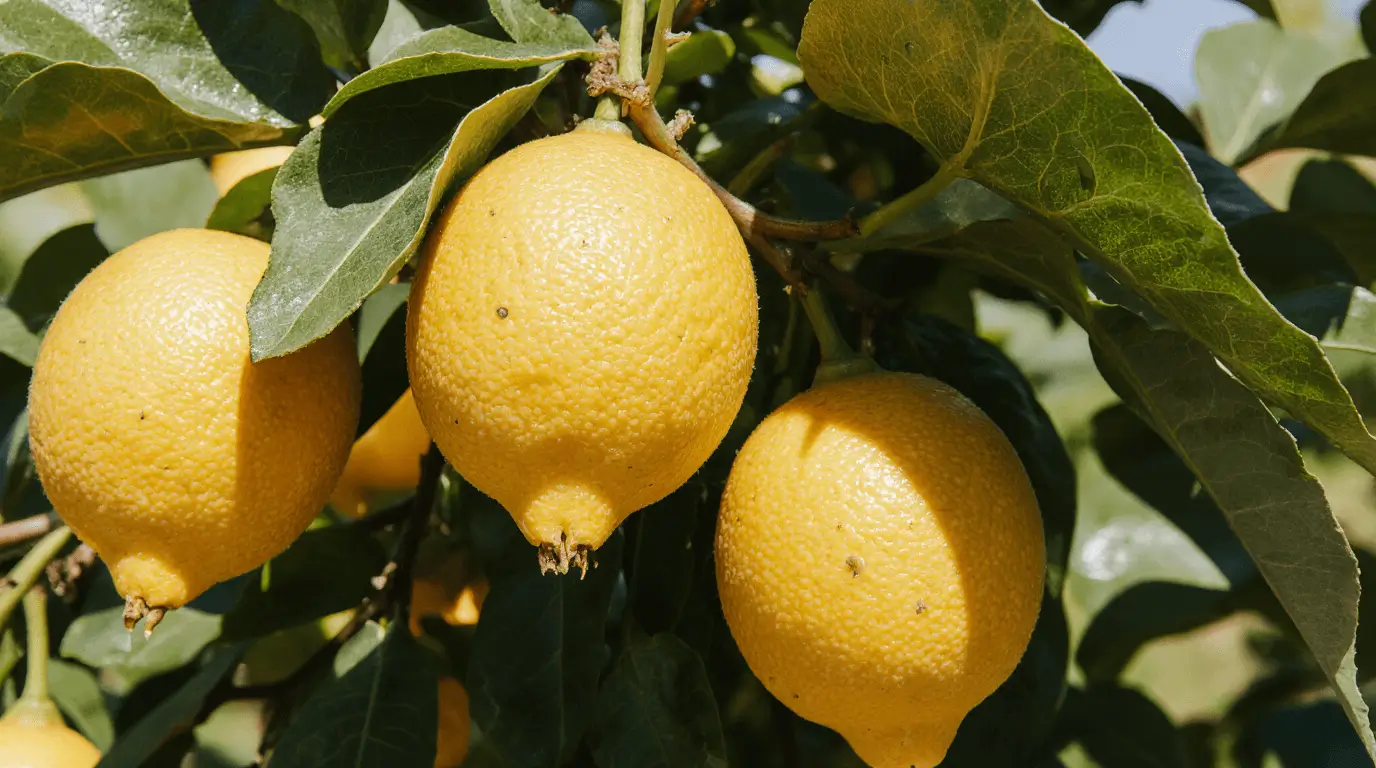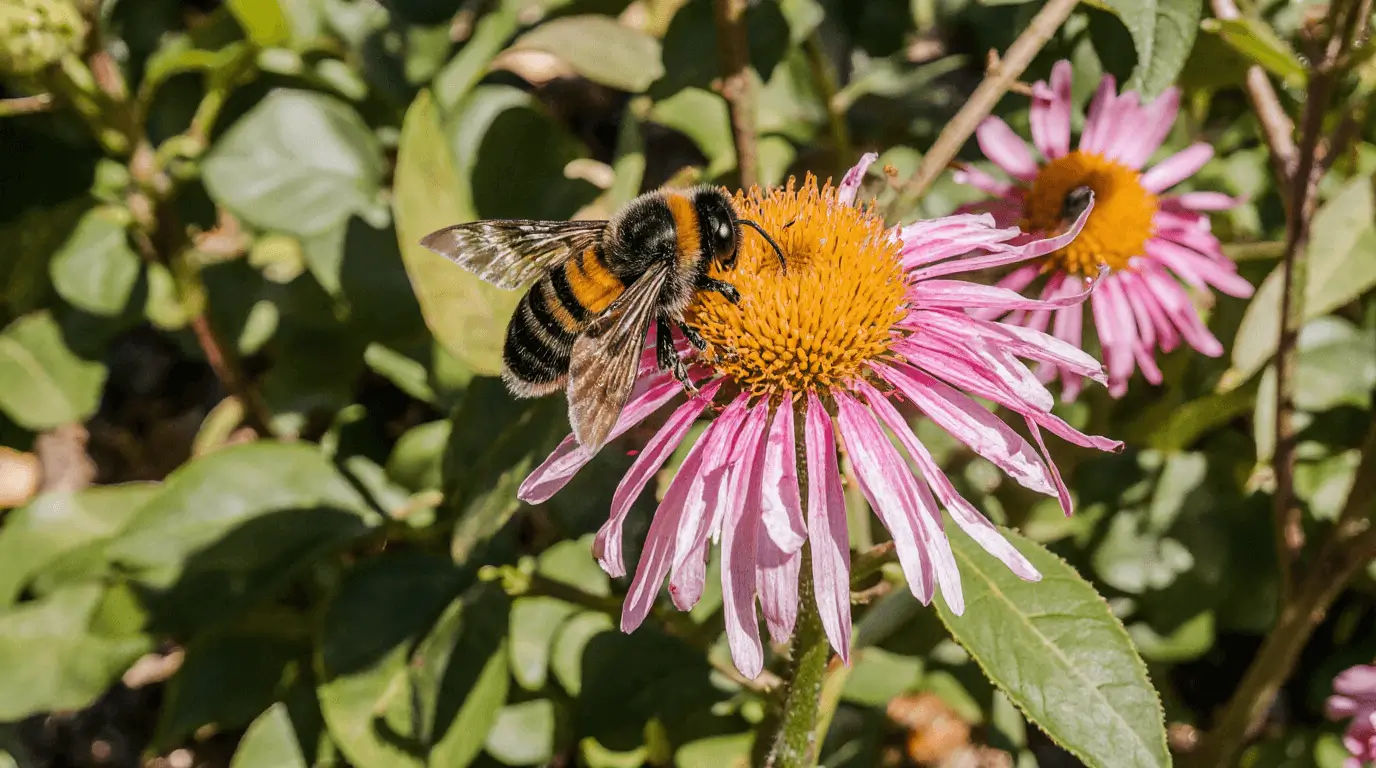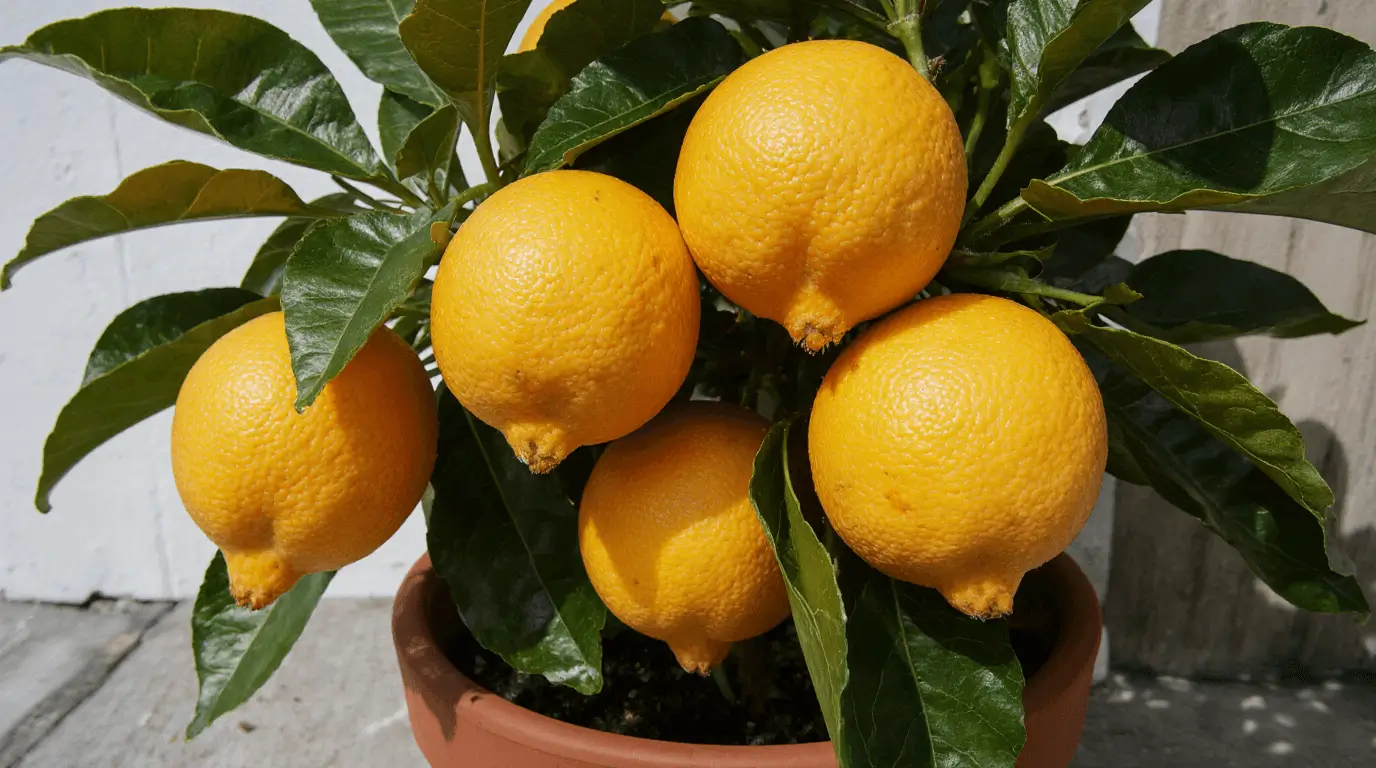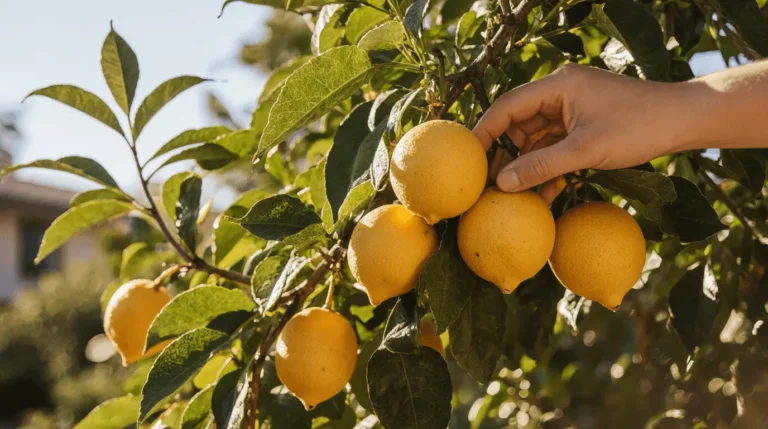Introduction
When you step into the world of citrus growing, you quickly notice how many varieties there are — and how rewarding each one can be. Having grown both the Eureka lemon tree and the Meyer lemon tree, I’ve come to appreciate their unique characteristics and the subtle flavors they bring to the garden and kitchen. The Eureka offers a sharp tangy zest that shines in cooking, while the Meyer has a sweet flavor with soft floral notes that work perfectly for fresh consumption. For gardeners and culinary enthusiasts, understanding the essential differences between these two trees in the meyer vs eureka lemon comparison can make lemon tree selection easier and more rewarding.
In my experience, both trees have their own care requirements, and knowing these details helps you get the best results. Their appearance also varies — the Eureka typically has a larger size and more tartness, while the Meyer remains compact and sweeter, making it a great choice for smaller gardens. Through this comprehensive comparison, home gardeners and chefs can gain insights into the benefits and distinct profiles of each tree, allowing them to grow and enjoy the right lemon variety suited to their specific needs.
Key Insights for Gardeners and Cooks
- The Eureka lemon tree is ideal for cooking due to its strong tangy zest and larger size.
- The Meyer lemon tree produces sweeter fruit with floral notes, perfect for fresh consumption.
- Both trees have different care requirements but provide amazing benefits to home gardeners and chefs alike.
- When selecting your next lemon tree, focus on your specific needs — space, flavor, and how you’ll use them in your kitchen or garden.
Overview of Eureka and Meyer Lemon Trees
Having grown different citrus trees for years, I’ve always found the eureka vs meyer lemon tree comparison fascinating. Each of these varieties has its own distinct flavors and is used in many culinary applications. The Eureka variety is a classic choice, known for its vibrant yellow color, medium to large fruit, and thick bumpy skin that gives a distinctly sour taste. This high-acid citrus fruit is what you often find in grocery stores, making it perfect for cooking and baking. Many chefs and home cooks in the U.S. have relied on this lemon since its introduction from Italy in the mid-1800s, a historical background that adds to its legacy.
The Meyer lemon, on the other hand, is a hybrid between a true lemon and a mandarin orange. It’s much sweeter with a less acidic profile, and its smooth thin skin often has a gentle orange hue. This makes it an excellent option for desserts, beverages, and anyone who prefers a unique flavor that’s less sharp. A Meyer lemon typically contains several seeds and produces abundant fruits during its lifespan. These citrus plants grow to about 6 to 10 feet when fully grown, and they usually bear fruit after four years of care—something every patient gardener appreciates.
In terms of growth habits and care requirements, these two varieties differ quite a bit. While Eureka trees can reach up to 20 feet, the Meyer lemon tends to be bushier, compact, and ideal for smaller gardens or container planting. Mature citrus plants can produce an impressive yield of about 85-150 kg or 190-330 lb under optimal conditions. Understanding these specific varieties and their distinctions helps gardeners cultivate them more effectively, especially in warm climates where they thrive naturally.
Characteristics of Eureka and Meyer Lemon Trees
From my years of tending lemonade citrus trees, I’ve observed that their open growth style and bushy shape give gardens a lush, productive look. These trees often grow to heights of 10 to 20 feet and develop large juicy citrus fruits that are oval-shaped with a thick textured rind. Their strong tart flavor makes them a favorite in kitchens for cooking, baking, and even sweets and drinks. They grow at an average pace of 1-2 feet annually and typically bear fruit about three years after planting. Adaptable to hardiness zones 9-11, they thrive in warmer climates, producing healthy yields when cared for properly.

On the other hand, smaller citrus trees grow to around 6 to 10 feet and feature a compact, shrub-like appearance with rounder fruit that has smooth thin skin, turning deep yellow with orange undertones. Their fruits are sweeter, less acidic, and perfect for fresh consumption or culinary applications that need a milder flavor. However, both varieties can face pests, diseases, including citrus canker and root rot, so regular pruning is key to maintaining plant health and improving fruit yield. Smart gardeners focus on these distinctions to choose the most appropriate citrus variety for their specific requirements.
These trees offer both beauty and productivity when grown under optimal conditions with attention to consistent care and thoughtful cultivation.
Care Requirements for Growing Eureka vs Meyer Lemon Trees
From my own experience cultivating citrus trees, I’ve found that both the Eureka vs Meyer lemon tree varieties thrive best in full sun, receiving around 6 to 8 hours of direct sunlight daily. These citrus fruits enjoy well-draining soil that is slightly acidic, with an optimal pH between 6.0 to 7.0. Regular attention to soil conditions helps prevent issues like moisture imbalance and wind damage, especially in exposed locations. These trees show good cold resilience, but protection is still important during harsh climates. In my orchard, I’ve noticed that regular watering every 7 to 10 days, especially during dry periods and warm months, keeps the trees vibrant and encourages healthy growth.
When caring for potted trees or in-ground trees, providing winter care becomes essential—indoors placement helps protect them from cold temperatures. Applying a balanced fertilizer during the growing season supports strong fruit production and improves fruit yield. After about 3 to 5 years, these citrus trees usually reach their full height, rewarding even novice gardeners with an abundant harvest. Regular pruning ensures size control, promotes bushier growth, and minimizes risks of pests and diseases. Following these practical care tips with proper fertilization and attention to detail ensures thriving trees and plentiful lemons year after year.
Benefits of Choosing Eureka or Meyer Lemon Trees

From my experience growing citrus fruits, I’ve learned that each type offers its own charm and set of unique benefits. The Eureka citrus trees are loved for their traditional tangy taste and robust citrus flavor, perfect for a variety of culinary applications such as cooking, baking, and making refreshing drinks. These fruits are packed with vitamin C and dietary fiber, supporting immune support and promoting healthy skin. Their prolific production provides a steady supply of lemons year-round, making them a delight for home gardeners.

These trees also attract pollinators, encourage biodiversity in gardens, and come with practical benefits such as abundant yields and minimal thorns, which make management much easier. They thrive in full sun with moderate watering, offering great results for prospective growers.

The Meyer variety, on the other hand, is recognized for its sweet floral flavor, making it ideal for desserts, cocktails, and fresh consumption. Its compact growth habit and ornamental qualities make it suitable for container gardening, especially for those with limited outdoor space. These plants cultivate beautifully in bright environments, adding an aesthetic appeal to any home garden. Choosing between the eureka vs meyer lemon tree often comes down to personal taste preferences and gardening conditions, but both offer the pleasure of growing citrus and enjoying delicious fruit in your own backyard.
Read Also: Gardening & Plant Care Guide for Thriving Plants

Conclusion
Choosing between the Meyer lemon vs Eureka lemon ultimately depends on your personal taste, gardening space, and intended use. From my hands-on experience growing both, the Eureka lemon tree stands out for its bold tang and culinary versatility—ideal for cooking, baking, and adding zest to recipes. The Meyer lemon tree, on the other hand, wins hearts with its gentle sweetness, floral aroma, and compact growth—perfect for small gardens and fresh, homegrown enjoyment. Both trees thrive with full sun, good soil drainage, and consistent care. Whether you’re a seasoned gardener or just starting your citrus journey, either variety will reward you with beauty, fragrance, and flavorful harvests that brighten both your kitchen and your garden.
FAQs
- Which lemon tree is better for home gardeners — Meyer or Eureka?
If you have limited space or prefer sweeter fruits, the Meyer lemon tree is best. It grows compactly and produces dessert-friendly, fragrant lemons. For larger spaces and stronger zest, the Eureka lemon tree is ideal. - Do Meyer lemon trees need less maintenance than Eureka lemon trees?
Both trees require sunlight, pruning, and watering, but the Meyer lemon is more forgiving in smaller spaces and container setups. Eureka lemons may need slightly more pruning due to their larger size and faster growth. - Which lemon variety tastes sweeter?
The Meyer lemon is noticeably sweeter and less acidic than the Eureka lemon, thanks to its mandarin-orange heritage. Eureka lemons deliver a sharper, tangier flavor perfect for cooking and zesting. - How tall do Eureka and Meyer lemon trees grow?
Eureka lemon trees can grow up to 20 feet tall, while Meyer lemon trees stay around 6 to 10 feet, making them excellent for patios, greenhouses, or container gardening. - What climate is best for growing Meyer or Eureka lemons?
Both varieties thrive in warm, sunny climates (USDA zones 9–11). Meyer lemons can tolerate cooler conditions slightly better, while Eureka lemons perform best in steady warmth with full sunlight. - How long does it take for each tree to bear fruit?
Under proper care, Meyer lemon trees fruit in about 4 years, while Eureka lemons may start producing within 3 years. Regular fertilization and pruning help boost early fruiting and yield.




